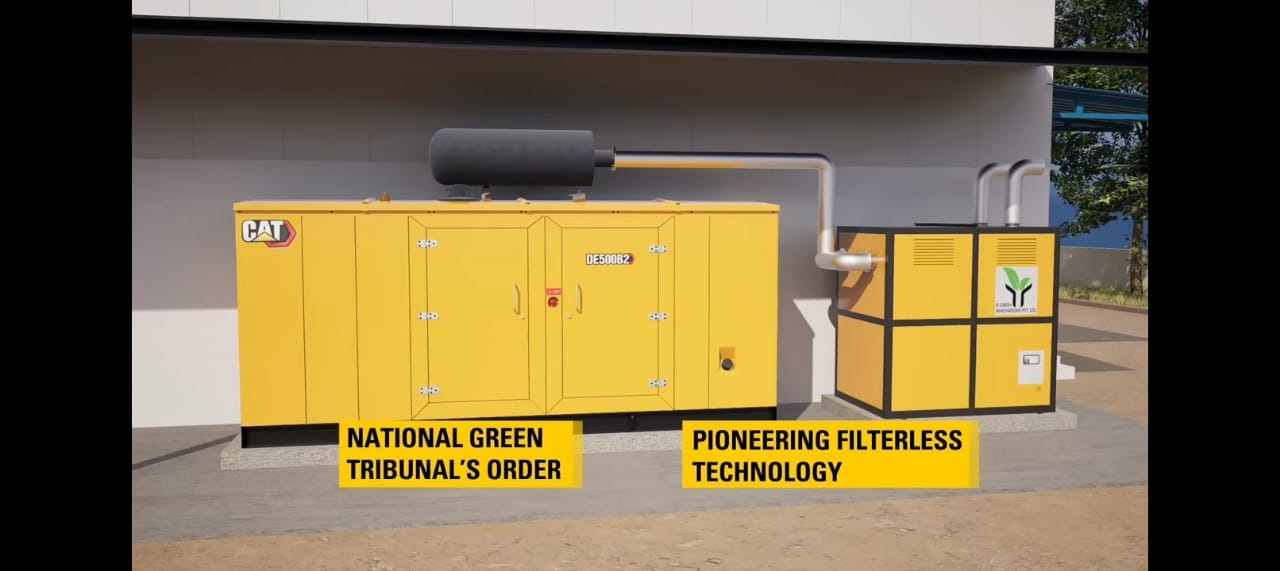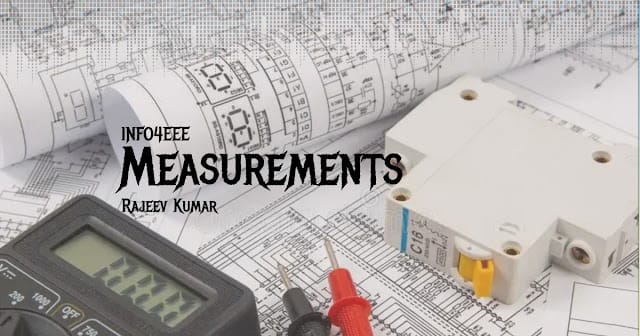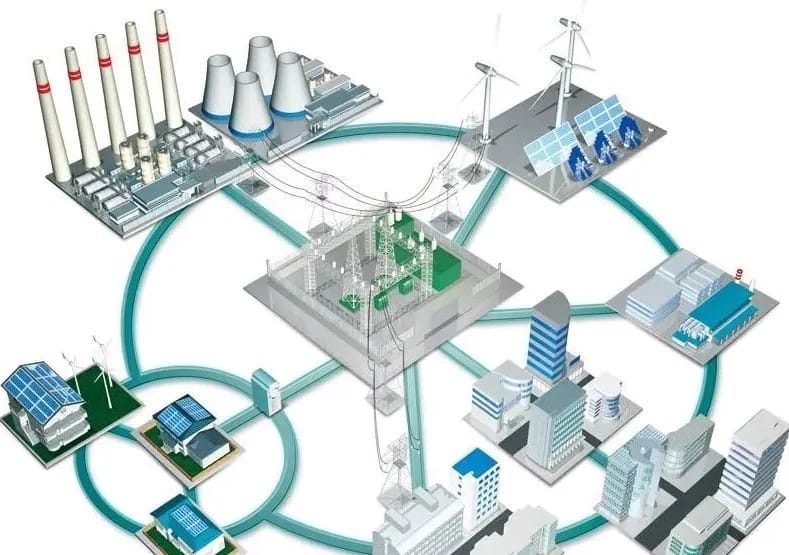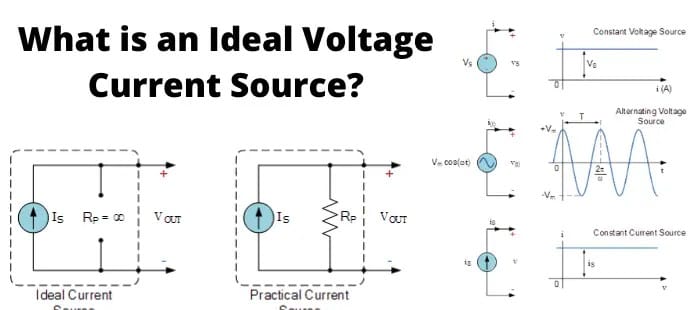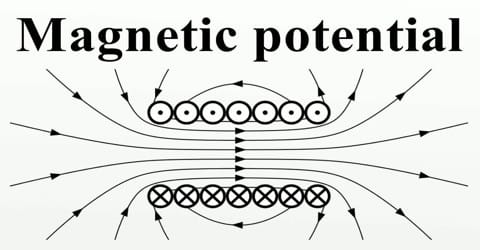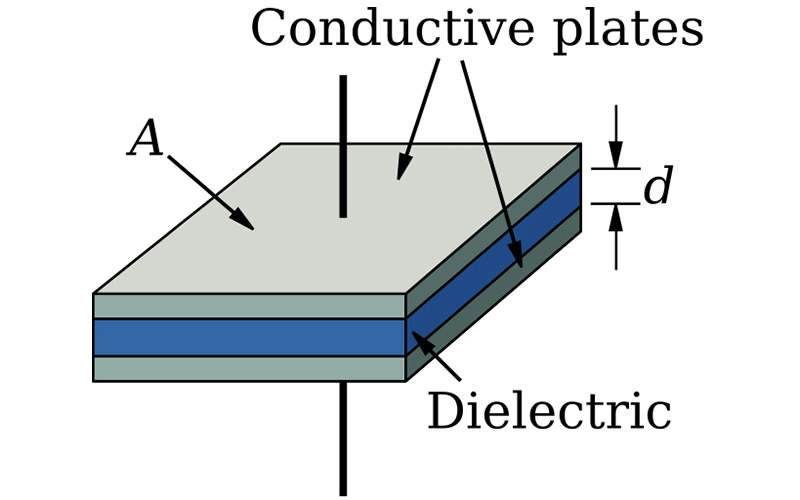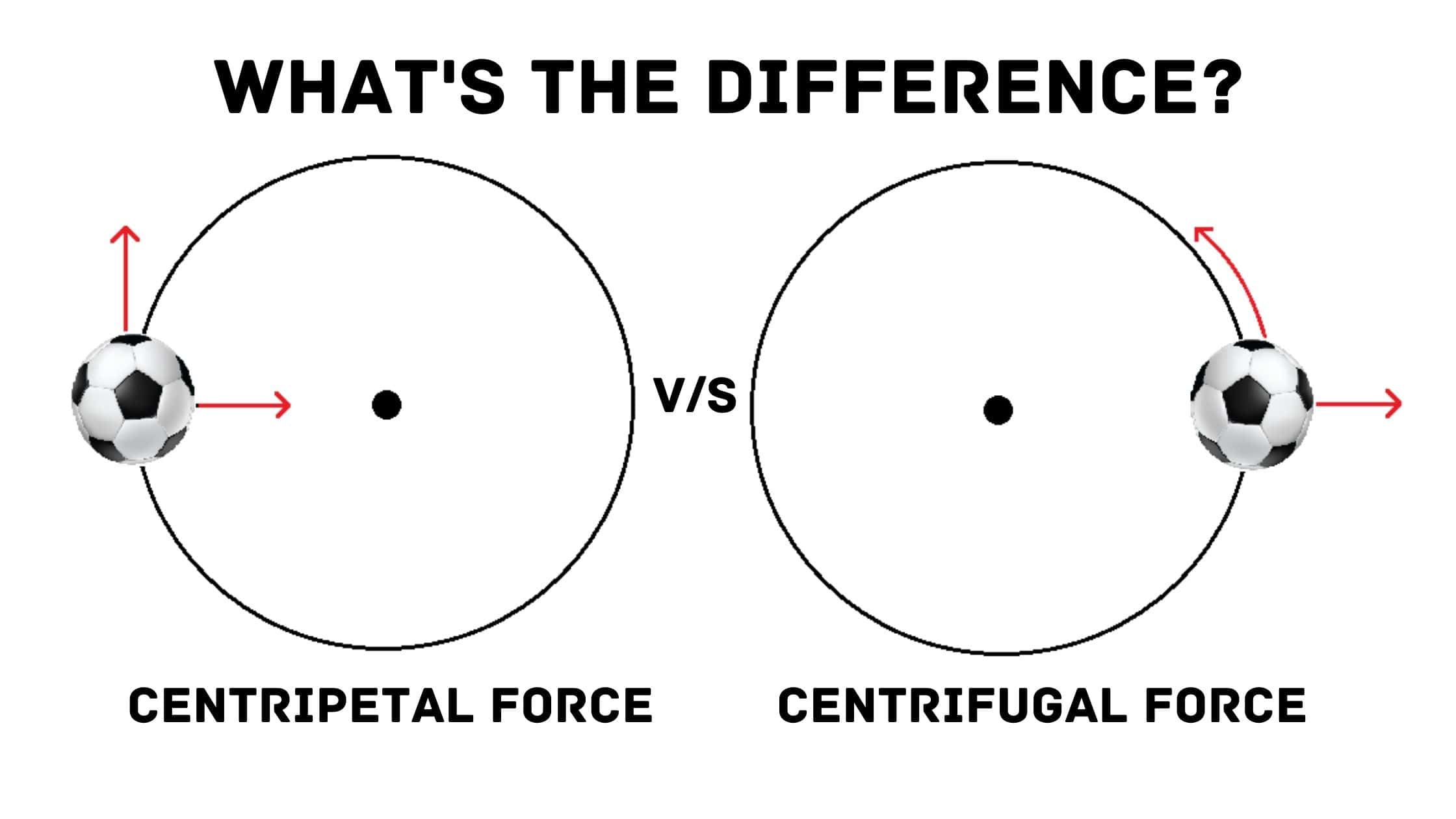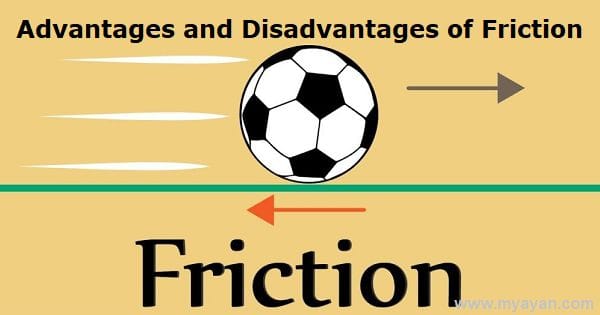Retrofit Emission Control Devices: Working, Benefits, Types, Uses, Installation, Maintenance
Retrofit Emission Control Devices: Clean air is not just important. It is life. Every breath we take should be pure and safe. But sadly, the air around us is filled with harmful gases and tiny particles. These come from vehicles, factories, and other machines that burn fuel. One strong and smart solution to reduce this … Read more

